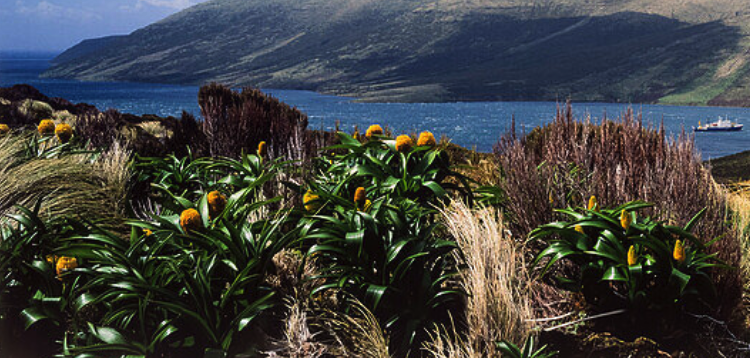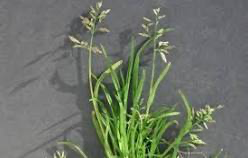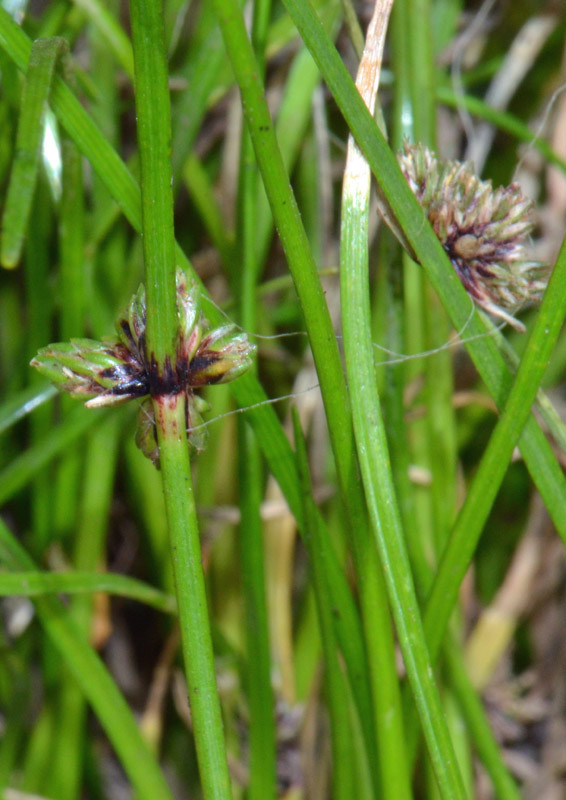Pollen of common plants
on Campbell Island
for
help with studying
https://newzealandecology.org/nzje/2109.pdf
Modern pollen rain, sub-antarctic Campbell Island,
New Zealand
M.
S.
McGlone and C. D. Meurk
Landcare
Research,
P.O. Box 69, Lincoln 8152, New Zealand
(E-mail:[email protected])
Dracophyllum




Myrsine



Coprosma
https://apsa.anu.edu.au/samples/genus.php?genus=Coprosma



Coprosma ciliata is a divaricating plant, with spiky twigs
in front of many small leaves that prevented it being chewed
by Moa birds.
Bulbinella rossi



Poa
small
grass - spore looks like an orange


Carex
– spore looks like underpants!


Isolepis
– sedge

Centrolepis
small sedge


Polystichum vestitum
- fern spore – hand grenade with scaly surface

equatorial or side view
Polar or top view


Blechnum novae-zelandiae
Blechnum novae-zelandiae
(formerly
called Blechnum capense)
- fern spore - looks like a beret


Further information
THE VEGETATION OF SUBANTARCTIC CAMPBELL ISLAND
Summary:
The vegetation of Campbell Island and its offshore islets
was sampled quantitatively at 140 sites. 124 vascular
species were recorded. 85 non-vascular plant species
(mosses, liverworts, algae, lichens) also play a major
role in the vegetation.
We found 21 plant communities. These include: maritime
crusts, turfs, mega-herbfields, tussock grasslands, and
shrublands; mid-elevation swamps, flushes, bogs, tussock
grasslands, shrublands, dwarf forests, and induced
meadows; and upland tundra-like tussock grasslands, tall
and short turf-herbfields, bogs, flushes, rock-ledge
herbfields, and fellfields.
Axis 1 of the DCA ordination is largely a soil gradient
related to the eutrophying impact of marine spray, sea
mammals and birds, and nutrient flushing.
Axis 2 is an altitude (or temperature) gradient.
Axis 3 is related to soil reaction and to different kinds
of animal influence on vegetation stature and species
richness.
Axis 4 also appears to have fertility and animal
associations.
We found clear niche segregation of species of the same
genus and species with similar growth forms. The notable
mega-herbs and giant tussocks may be an adaptation to
harvesting nutrients from the sea spray. Heat harvesting
in the cool, cloudy, wet, and windy climate may also be an
influence. The history of farming and natural disturbances
has resulted in a complex mosaic of vegetation-soil
systems of varying maturity.
https://newzealandecology.org/nzje/1955.pdf
